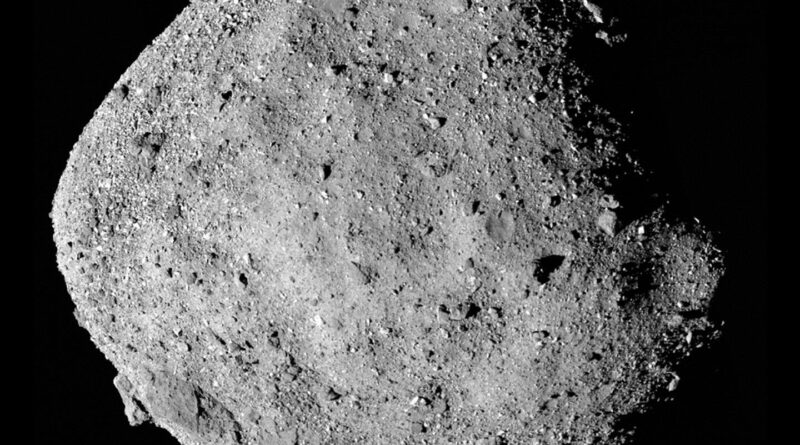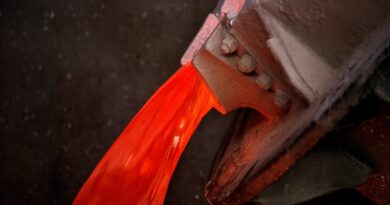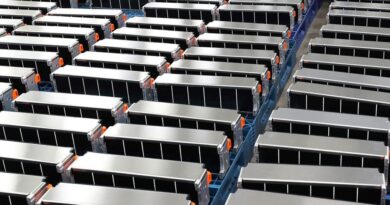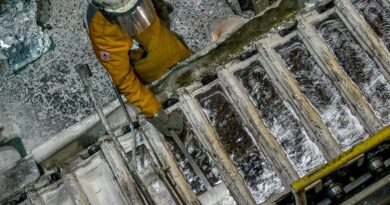SPACE MINING: NASA’s just sampled Bennu Asteroid
Two hundred million miles from Earth, a NASA spacecraft was orbiting an asteroid with material from the early solar system that could contain the answers to the origin of life on Earth. And for the first time, the explorer reached out its hand to touch the surface.
After circling the near-Earth asteroid Bennu for roughly two years, NASA’s OSIRIS-REx spacecraft successfully touched down and used its robotic arm to collect a sample from the asteroid’s surface on Tuesday.
In historic first for NASA, an SUV-size spacecraft had to briefly touch down its arm in a landing site called Nightingale. The site is the width of a few parking spaces. The asteroid Bennu itself is about as tall as the Empire State building in New York.
The arm reached out and sucked up some rocks and surface dust. The sample is expected to weigh at least 60 grams. Then, the spacecraft backed away to safety.
It will bring those materials for testing back to Earth for closer study in 2023, potentially unlocking secrets to what the solar system was like when it first formed 4.5 billion years ago.
“The asteroids are like time capsules, floating in space, that can provide a fossil record of the birth of our solar system,” Lori Glaze, director of NASA’s planetary science division, said during a news conference on Monday.
OSIRIS-REX is a shortening of Origins, Spectral Interpretation, Resource Identification, Security, Regolith Explorer. Osiris was also the Egyptian god who was the lord of the underworld but who also represented the seeds of regeneration to new life.
The robotic spacecraft launched in September 2016 and arrived at Bennu in December 2018. Since then, it has been making observations of the asteroid. The probe made a couple of rehearsal approaches in preparation of yesterday’s attempt to collect a sample from the surface.
Why this entire buzz over an asteroid? Well, besides the ‘origins of life’ part, Bennu could potentially threaten Earth late in the next century, according to NASA, and has a 1-in-2,700 chance of impacting the planet. And while that may not be the kind of odds you’d bet on, Bennu is more than 4.5 billion years old and contains a lot of carbon, classified as a B-type asteroid.
Known as a “rubble-pile” asteroid, Bennu is full of holes that have been protected from the sun, which means chemicals and rocks could have survived there from the birth of the solar system. It’s also likely to be rich in platinum and gold, fitting for an asteroid named after an ancient Egyptian deity by Michael Puzio, a nine-year-old boy from North Carolina who won a competition to name the asteroid.
A rare active asteroid, it’s one of the first that humans have observed from a spacecraft, so scientists are still learning new things — including that sunlight can crack rocks on Bennu. Recent imagery of the asteroid’s surface shows it’s covered in massive boulders, which meant OSIRIS-REx had to land within an area of less than 100 square metres, or about five parking spaces, called Nightingale.
“Bennu has challenged OSIRIS-REx with extraordinarily rugged terrain,” said Rich Burns, OSIRIS-REx project manager at NASA’s Goddard Space Flight Center. “The team has adapted by employing a more accurate, though more complex, optical navigation technique to be able to get into these small areas. We’ll also arm OSIRIS-REx with the capability to recognize if it is on course to touch a hazard within or adjacent to the site and wave-off before that happens.”




